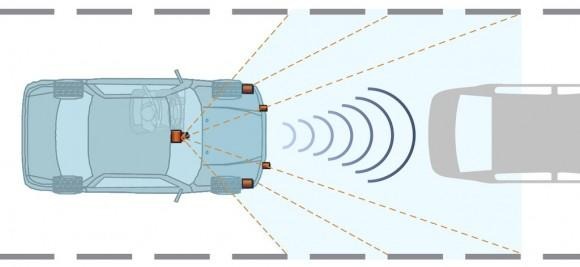Cadillac Super Cruise Self-Driving Cars Hit The Road (But Not The Showroom, Yet)
Cadillac has begun public road-testing its Super Cruise system, semi-autonomous driving that could beat Google's self-driving cars to market by hitting production models within this decade. The Super Cruise system can track lanes, speed limits, and traffic around the vehicle, automatically adjusting speed to suit, and braking to avoid cars ahead. 360-degree sensors keep an eye on road conditions all around the car.
Those sensors include radar, ultrasonics, and cameras, in addition to GPS map data. All are said to be seamlessly integrated into the car itself, with Cadillac saying it leaves it near-production in appearance rather than sporting a huge radar stem as per Google's self-driving vehicles.
However, Cadillac's system will also have reduced functionality in comparison to the entirely autonomous projects Google and others are working on. The car company says that it will be applicable in freeway situations, bumper-to-bumper traffic, and on long road trips; however, adverse weather or poorly painted road markings will cause the car to prompt the driver to take the wheel again.

The road testing Cadillac has in mind should amount to "hundreds of thousands of miles" in a range of conditions, including day and night, various weather types, and among different levels of traffic. However, it will also be used to monitor how drivers themselves react to the car taking a greater role in driving, something the Super Cruise safety team expects to prompt another change in behavior.
"Drivers may be tempted to engage in secondary tasks during semi-automated driving," one of GM's safety specialists explains, with Cadillac "developing techniques to manage secondary task behavior to assist in our development of techniques for the road."
